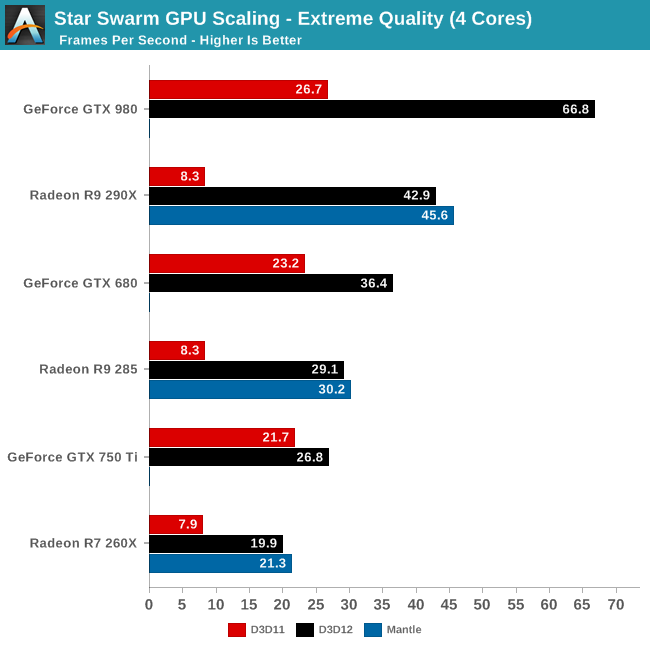Those weren't any "rumors" per se. Anything for =/>600mm2 were guessed values based on the GM200 die shots that leaked out. Rumors long before that shot appeared from supposed insider information where in the 560+mm2 range. Die size however doesn't necessarily answer his question. How powerful? My guess is on standard clocks for the full chip =/>35% on top of GTX980 performance on average.
We are expecting at the minimum a 50% increase in resources (ALUs, TMUs, ROPs, B/W) compared to GM204..possibly even more if the die area is >600 mm2 (and there aren't a huge number of FP64 ALUs). Now of course that does not directly correlate to performance..but 50% more resources should result in at least a 40% increase in performance IMHO, especially considering that clocks should be similar, as GM200 will not be power limited.


